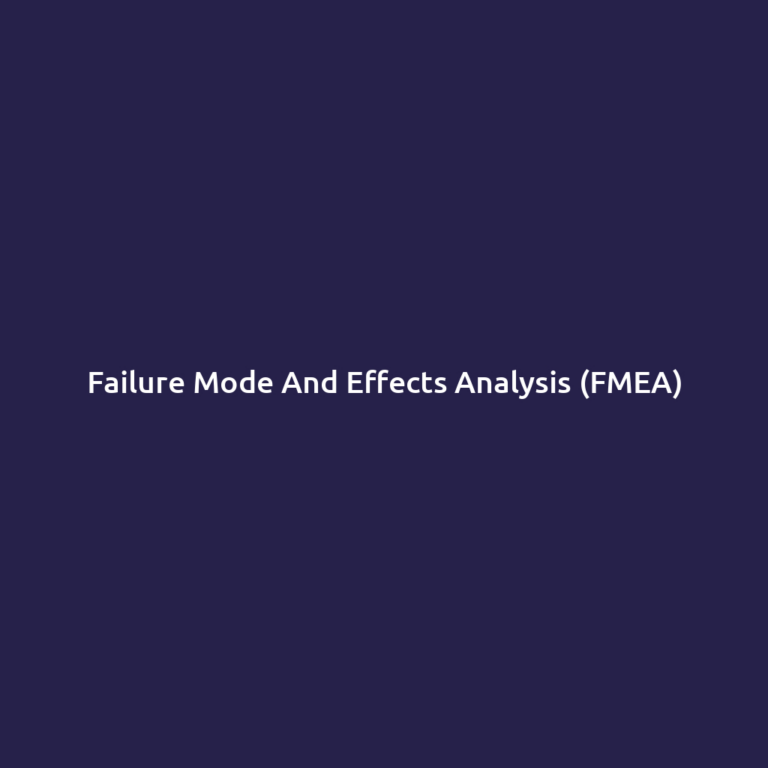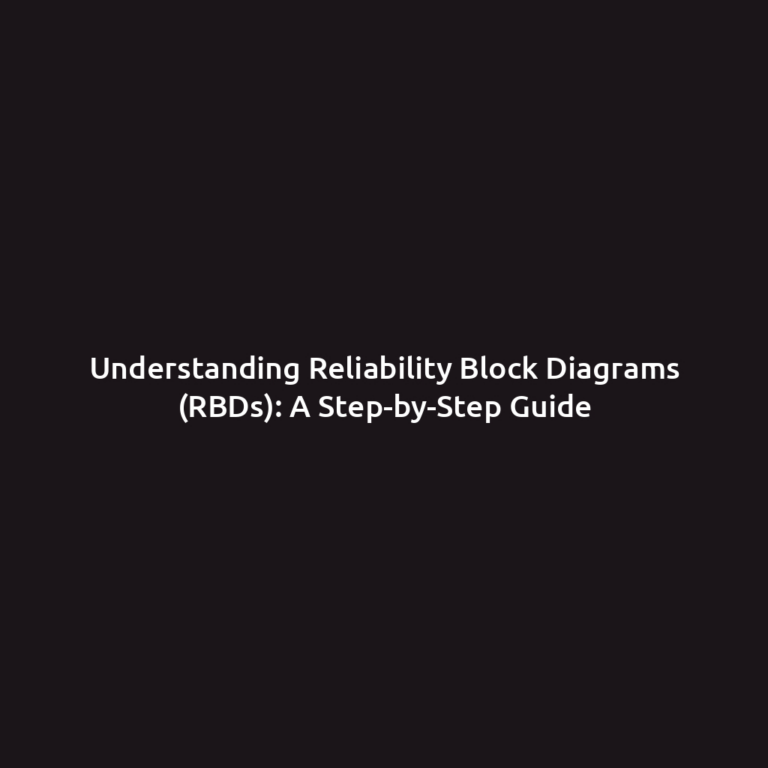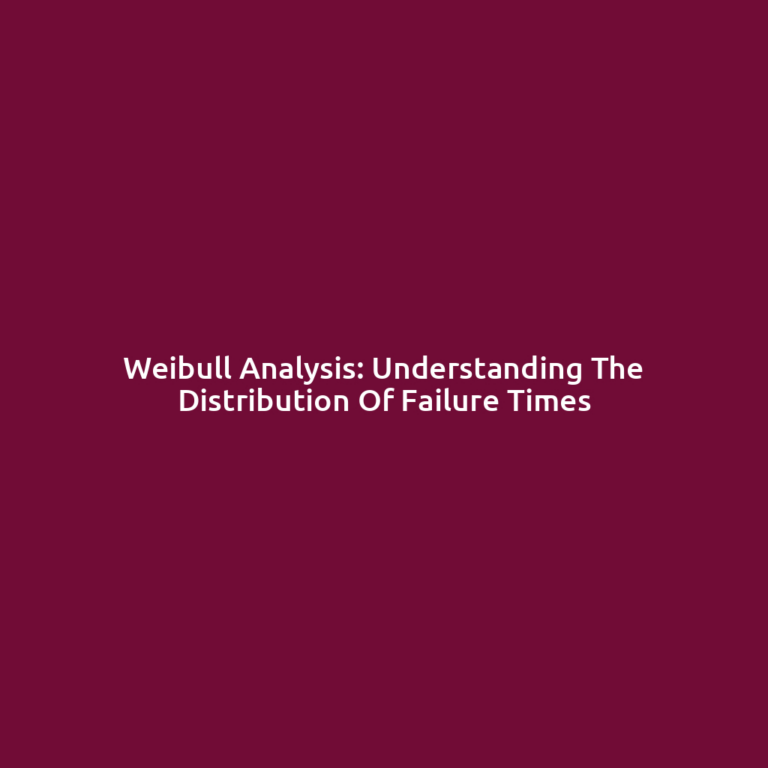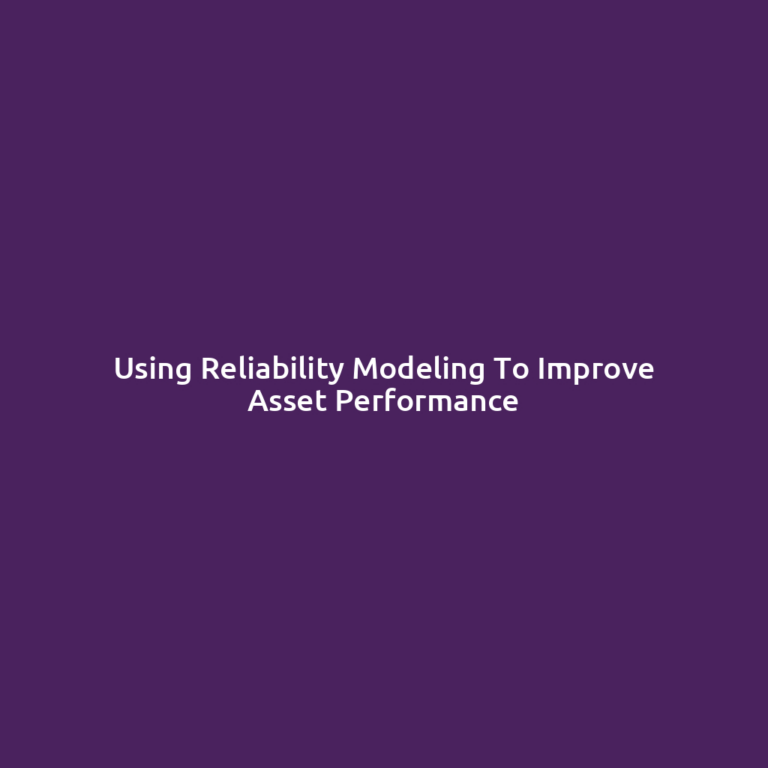Failure Mode and Effects Analysis (FMEA): A Reliability Engineer’s Best Friend
Failure Mode and Effects Analysis is a reliability engineer’s best friend when it comes to identifying potential weaknesses in a system before they cause costly failures. Picture this: you’re managing a project involving a complex machine and everything seems to be running smoothly. But what if one unnoticed flaw triggers a cascade of failures? This…




